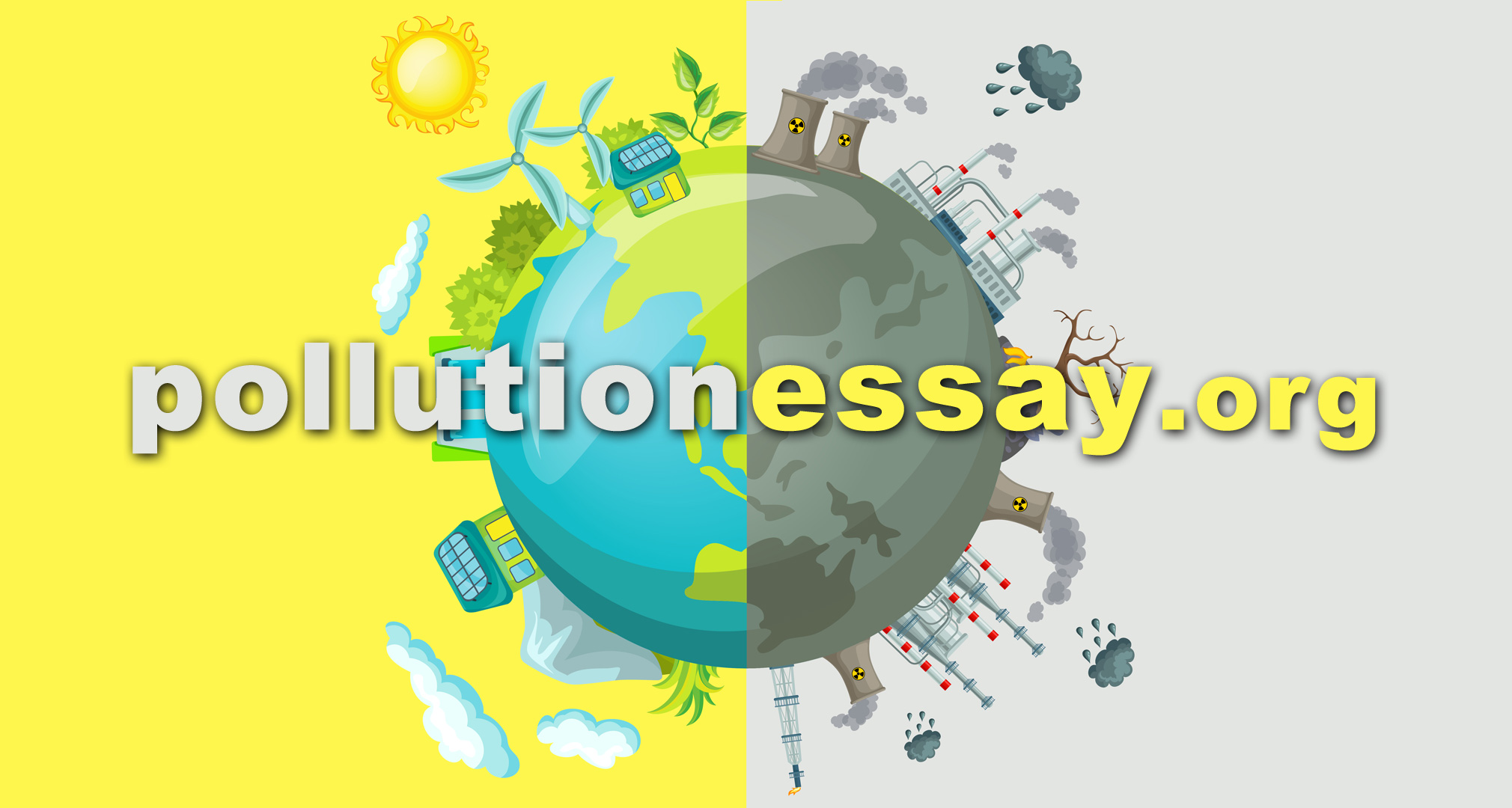More Types of Pollution
The effects of air, water, and land pollution are immediately visible if you know what to look for, but did you know that there are other types of pollution we should be concerned about, too? Things like light pollution, noise pollution, and indoor air pollution are quickly becoming problems we have to contend with that may not have been worries a hundred years ago or more. The difference is that unlike air, water, and land pollution, the worst effects of indoor air pollution, noise pollution, and light pollution can be reversed with just a little bit of effort.
Light Pollution
Light pollution is the inappropriate or excessive use of artificial light. Sources include building interior and exterior lighting, illuminated billboards, parking lot lights, streetlights, and stadium lights.
Cities that are lit up at all hours of the night, like Hong Kong, Singapore, Los Angeles, and New York City, are some of the biggest offenders when it comes to light pollution. In fact, it's estimated that 80% of Americans and 60% of Europeans can no longer see the Milky Way at night because of light pollution.
Light pollution is made up of:
- Sky glow, which is the brightening of the night sky over inhabited areas
- Glare, which is the excessive brightness of artificial lighting that hurts your eyes
- Light trespass, which is when light bleeds into somewhere where it's not needed or wanted
- Clutter, which is when excessive sources of bright light are grouped together
These types of pollution are easy to notice at night if you live in an urban or suburban area. They brighten the night sky, hiding the stars, and disrupt the natural day and night pattern that's been prevalent on Earth for millions of years. Light pollution also increases energy consumption, disrupts the natural ecosystem, and disrupts humans' circadian rhythm.
It doesn't take much to make a difference in the fight against light pollution. All you need to do is take action by minimizing the lights in your home at night, properly shielding your outdoor lights, and keeping your blinds drawn to keep light from escaping your house. If you're concerned about safety, install motion-detector lights and timers instead of keeping lights on at all hours of the night that you aren't using.
Noise Pollution
Noise pollution is unwanted and disturbing sound that affects the health and well-being of humans and other organisms. It's an invisible danger, but it's prevalent both on land and under the sea. In people, exposure to high amounts of noise can cause high blood pressure, heart disease, sleep disturbances, stress, and noise-induced hearing loss. Children who live near sources of noise like airports or city streets can suffer from stress and impairments in memory, attention level, and reading skill.
Studies on land and sea animals have shown that loud noises can affect animals in different ways. Some animals use sound to navigate, find food, attract mates, and avoid predators, so noise pollution can affect their ability to survive.
The most common causes of noise pollution are vehicle traffic, air traffic, construction equipment, and nightlife. Fireworks, loudspeakers, and household items like televisions, washing machines, and lawnmowers can also contribute to noise pollution. Luckily, knowing that even household objects can contribute to noise pollution means that you can easily do your part to reduce it. You can turn off your appliances at home and in the office when you're not using them, shut your door when someone is using noisy equipment, use earplugs when you have no other way to keep the noise out, lower the volume on your music and television, stay away from noisy areas when you can, and follow the noise level limits of your area.
Indoor Air Pollution
With so many threats to the quality of our air, you would think that indoor air is healthier and safer than outdoor air. After all, we can see trucks spewing thick clouds of exhaust in traffic or smoke rising from wildfires, but the air inside our homes usually looks fine. But according to the EPA, levels of indoor air pollutants are actually two to five times higher than typical levels of outdoor pollutants. At least outside, the air can disperse more, but indoors, you're stuck breathing the same pollutants with very little air circulation. Dust and dander are some of the biggest sources of indoor air pollution, but they aren't the only offenders. Cleaning supplies, building materials, mold, cigarettes, and volatile organic compounds from paint, carpeting, and upholstery are all major contributors to indoor air pollution.
Indoor air pollution is linked to health issues such as headaches, dizziness, fatigue, respiratory disease, heart disease, cancer, and eye, nose, and throat irritation. That's why it's important to have adequate ventilation in your home when you're cleaning, crafting, or decorating. You should also make sure to change your air filters regularly, never smoke cigarettes indoors, and install radon detectors in your home.
